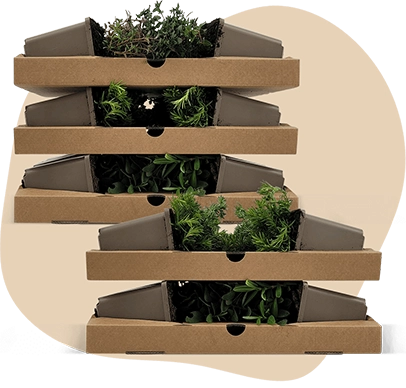Description
Cedrus libani 'Glauca' | Cedar of lebanon
The Cedrus libani 'Glauca', commonly known as the Cedar of Lebanon, is a majestic evergreen tree with an upright growth habit. This tree can reach impressive heights, often growing up to 40 metres tall, making it a striking feature in any garden. The Cedar of Lebanon is known for its distinctive blue-green needles, which are both aromatic and soft to the touch. These needles are arranged in clusters, adding to the tree's unique appearance. As an evergreen, it retains its foliage throughout the year, providing continuous visual interest. The tree is relatively low-maintenance and produces decorative cones, adding to its appeal. Suitable for large gardens, the Cedar of Lebanon is a wind-resistant choice that thrives in well-drained soil and full sun.
Key Plant Characteristics of Cedrus libani 'Glauca'
- Cedrus libani 'Glauca' does not produce flowers, but it is known for its decorative cones.
- This plant thrives best in a sunny location for optimal growth.
- It prefers well-drained, good garden soil to support its upright growth habit.
- The bark of Cedrus libani 'Glauca' is greyish-brown, and its branches are sturdy, making it wind-resistant.
- With its silver-blue needles, this garden plant adds a unique touch to any garden.
Application of Cedrus libani 'Glauca' in the Garden
- Cedrus libani 'Glauca' is ideal for use as a solitary feature in large gardens, where its upright growth habit and striking blue-green foliage can be fully appreciated.
- This plant is winter-hardy, tolerating temperatures as low as -26.1°C, making it suitable for USDA zone 5b.
- It combines well with other shrubs and perennials that thrive in sunny locations and well-drained soil.
- The greatest ornamental value of Cedrus libani 'Glauca' lies in its silver-coloured needles and decorative cones, which add visual interest throughout the year.






















